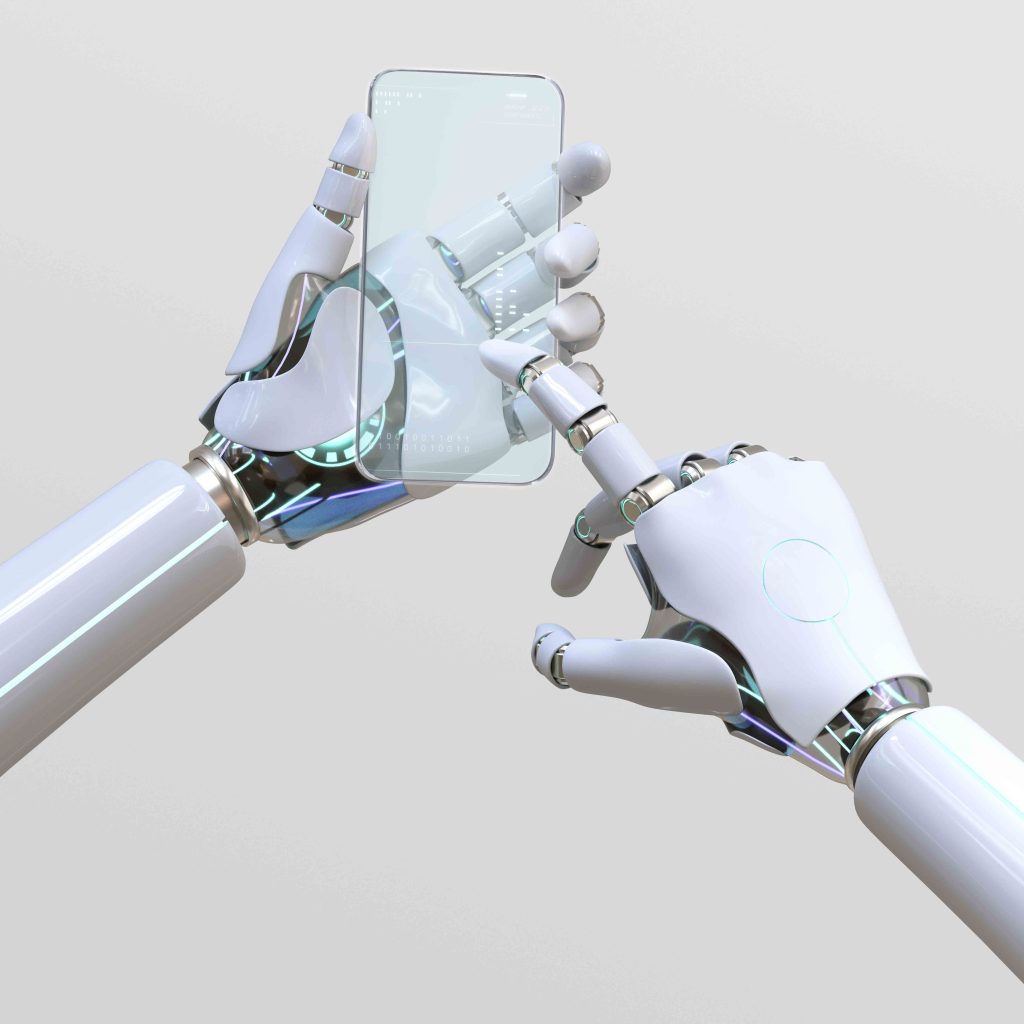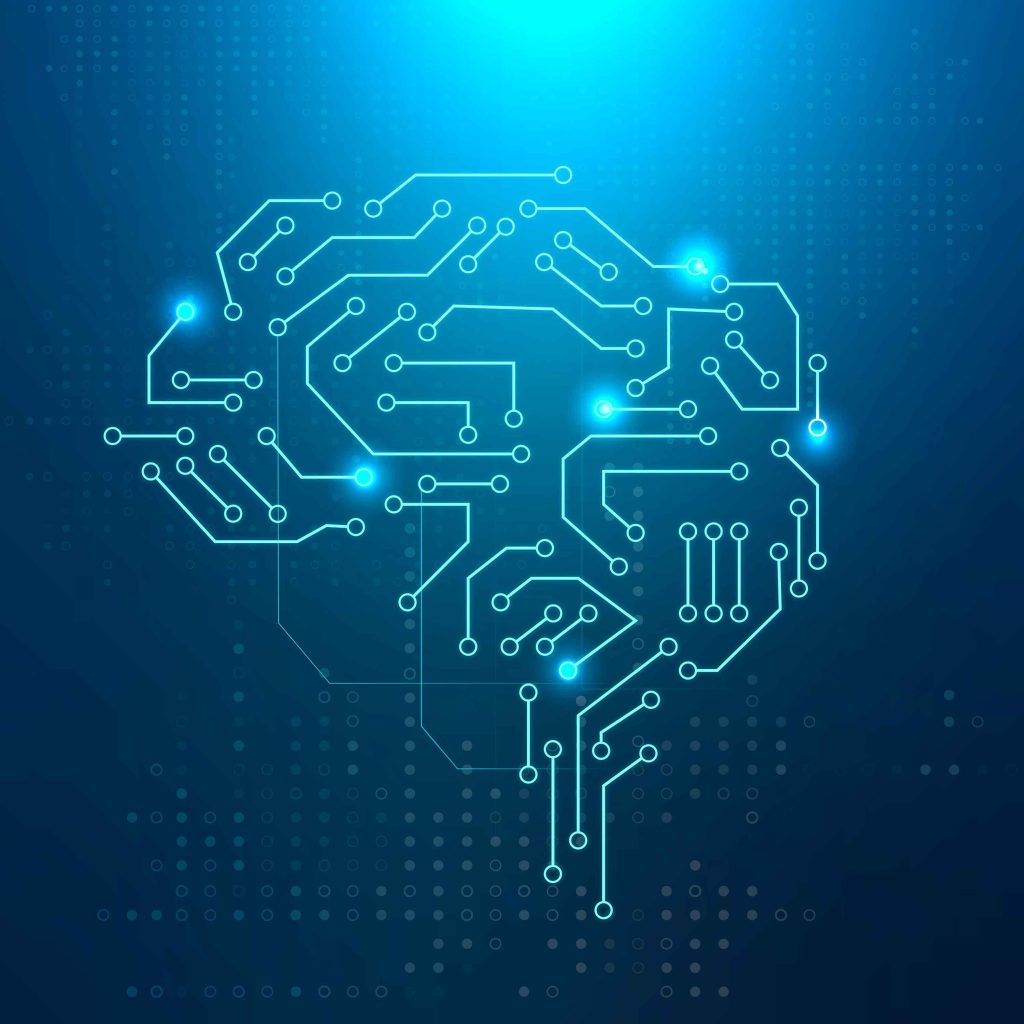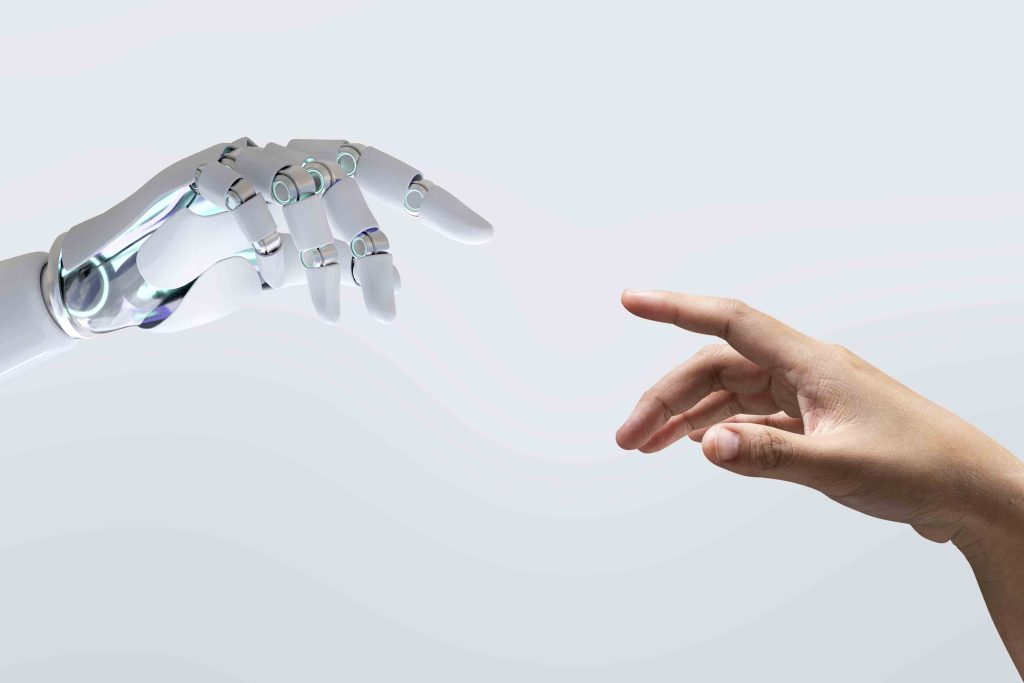
Artificial intelligence (AI) is one of the most popular topics in call centers right now.
Strategic debates in boardrooms around the world are taking place about its application for customer service, the potential for job disruption, and the ethical issues surrounding human work displacement.
However, while AI is still in its infancy—mostly in the discussion and planning stages—the hype storm surrounding it has already contributed to inflated expectations that far outstrip reality, according to Gartner’s Hype Cycle for Emerging Technologies.
Artificial intelligence (AI) is the latest buzzword that technology companies and marketing firms are embracing and incorporating into their content and sales pitches as the must-have breakthrough. Nonetheless, the call center sector is no stranger to a frenetic buildup for technology that promises to alleviate service difficulties and reduce labor costs by replacing operators with software or applications. In the late 1990s, internet help was heralded as the long-awaited replacement for call centers. Marketers saw social media a decade ago as the glitzy new alternative to call centers. We’re still here, after all!
Is it the end of human interaction via phone?
We’re not buying technology companies’ exaggerated sales pitches about the demise of human interaction in call centers. Simply said, it’s reckless speech. We don’t think R2D2 will ever be able to take the role of a human agent.
According to studies, the average customer prefers to interact with a live agent over a chatbot. According to a recent Forrester survey, 83 percent of consumers would prefer to speak with a human if given the option, because human agents better understand their demands (78 percent) and can answer numerous inquiries at once (57 percent ). Consumers’ top three complaints about bots were that they couldn’t handle complex inquiries, deliver personalized offers like humans, or understand human emotions.
However, dismissing the potential influence of automation in the call center, particularly when AI is paired with robotic process automation, would be unrealistic (RPA). We believe that call center agents will continue to play an important role in the customer journey, and that technology will be used to complement human performance in the call center to deliver more efficient, effective, and value-added experiences throughout time.

Artificial Intelligence (AI) and Robotics Process Automation (RPA)
Artificial intelligence (AI) is the ability of a machine to mimic a human’s senses, decisions, and communication. Artificial intelligence (AI) is a judgment-based technology that is supposed to think and act like a person.
RPA stands for robotic process automation and is a type of software that mimics human behavior. RPA is a rule-based system that is digitized with structured inputs. RPA is all about “doing” rather than “thinking.”
RPA robots can help call centers with high volumes of repetitive procedures, such as data input and migration, invoice processing, loan processing, claims processing, and so on, boost productivity and efficiency. However, the impact on employee engagement may be a more important ROI of RPA. One of the most common complaints agents have about their jobs is that it is too monotonous and uninteresting. This is a major factor in their choice to leave. Agents can focus on the more valuable and engaging components of their jobs, such as creativity, decision-making, and communicating with clients, by eliminating boring chores.
When AI and RPA are combined, call centers can create an excellent setting for combining automation and machine analysis. Consider the following example:
Frontline agents can be relieved of repetitive administrative work like categorizing and labelling the types of inquiries clients ask via chat or email by using an AI assistant.
Agents could also save time by using AI to respond to frequently asked questions. The AI helper would present the agent with the best possible solutions, which the agent could then choose and tailor—adding the personalized white-glove treatment that a human agent would provide. The AI assistant learns which responses are appropriate for various types of difficulties from the agent and may make better decisions over time.

Is it achievable right now?
Short answer: we are not there yet.
According to Gartner, machine learning is still two to five years away from broad usage, despite the benefits of supplementing human performance with intelligent robots. Some AI subsets, such as cognitive computing, could take up to ten years to develop.
RPA adoption, on the other hand, has already begun, albeit with mixed results. According to Ernst & Young, 30 percent to 50 percent of initial RPA programs fail—but not due to the technology. RPA necessitates long-term planning, and the process is more more complex and time-consuming than many executives had anticipated (or technology vendors had acknowledged).
Many early adopters have put their RPA initiatives on pause while they rethink how bots may be used as part of a coordinated system, rethink jobs and workflows, provide additional resources to managing bots, and train staff on how to use bots to solve problems. The route from technical automation potential to complete acceptance, according to McKinsey & Company, is expected to take decades.

